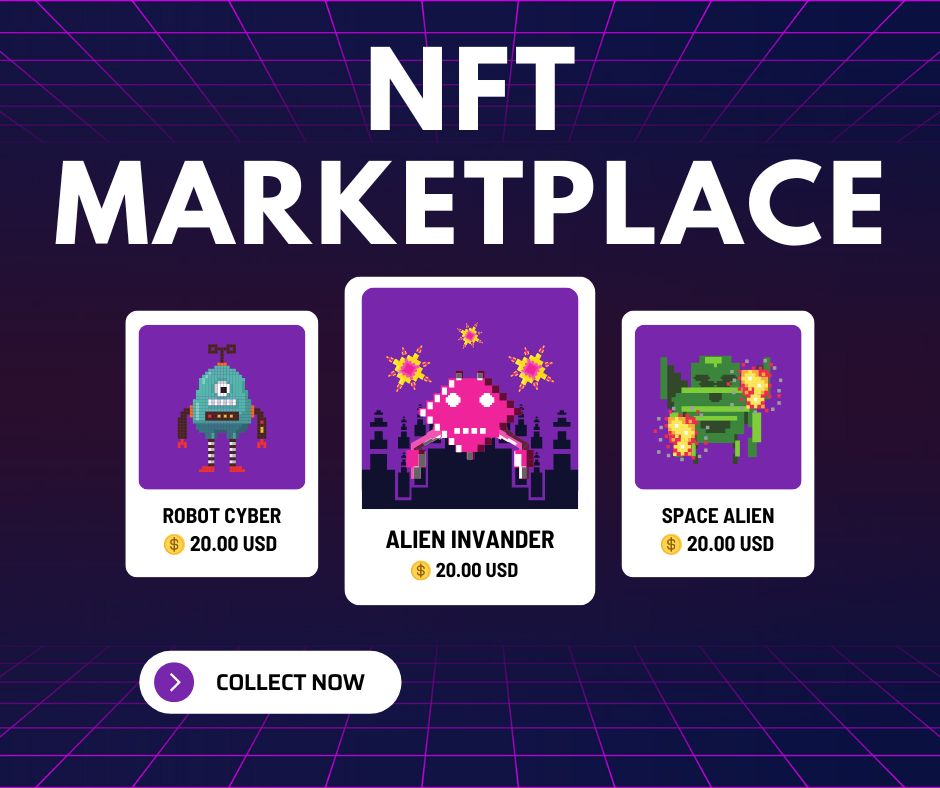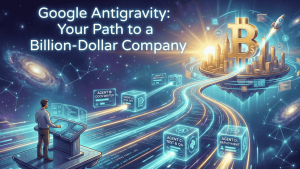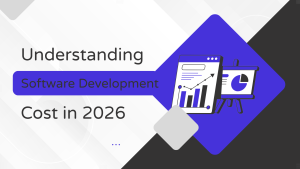If you’re thinking of developing an NFT marketplace, you’ll want to know the breakdown of man hours involved in its creation. In this article, we’ll take a look at the different stages of developing a marketplace, and offer a rough estimate of the amount of time required for each one. From development to testing and launch, this article will provide you with the information you need to get started on your project.
Additionally, if you’re deciding between NFT standards, check out our blog on ERC-721 Vs ERC-1155 for insights that can help you make an informed choice.
The breakdown of Man Hours for NFT Marketplace Development:
UX/UI Development (60-80 Man Hours)
Creating an interactive and user-friendly UX/UI plays a very important role to attract more users to your NFT Market.
Authorization & Security (60-80 Man Hours)
Every user on your marketplace will ensure that their assets are safe on the market. That is why we need to develop essential security measures like smart contracts & two-factor authorization.
Resources and User Profiles (60-80 Man Hours)
Every user’s details in their account should be saved through access control which will lead to identifying the tokens in the marketplace.
Home page (60-80 Man Hours)
The homepage is a crucial part of your website, so make sure to develop a user-friendly homepage that offers the best user experience on your website.
Search and Filters (60-80 Man Hours)
With the use of filters, a user can narrow down their desired search result in your marketplace. It enhances the user experience; in return, you get customer loyalty and retain clients for your website.
Product Page (35-40 Man hours)
Every NFT Marketplace needs to have product pages that will help the clients get a description of your products and entice them to purchase from your website. It increases traffic on your website, and eventually, it leads to conversion as well.
Reviews & Ratings (35-40 Man hours)
Rating and review system plays a crucial role in gaining the user’s trust and building a strong reputation. It will improve your business and convert more leads, inform your users, and convince them to buy your products.
Shopping Cart (60-80 Man Hours)
Without a shopping cart, your website is incomplete, because your marketplaces are the same as E-Commerce websites.
Payments (60-80 Man Hours)
To complete transactions from both ends, you need a robust and secure payment method using cryptocurrencies. Use a reliable and secure way to integrate crypto wallets such as MetaMask.
Notifications (35-40 Man hours)
In order to push your sale high, the user needs to get notified when NFT is bought and also needs to know which NFT is for sale from his wish list.
Ethereum Incorporation (70-80 Man hours)
For sale & purchase operations, you need to implement Blockchain technology-based currencies and commissions.
NFT Management (70-80 Man hours)
NFT Management is very important to the website; that includes all kinds of transactions by the user, including purchasing, selling, and uploading an NFT.
Inventory Management (70-80 Man hours)
In addition to tracking what has sold, the website should also feature what should be added to showcase the work. Inventory management is necessary for this task.
Buyer Dashboard (70-80 Man hours)
You can manage all the tasks that should be completed for buyers on a separate page in the NFT marketplace.
Author Dashboard (100-120 Man hours)
It is essential to know the artist or the person behind the creation of the NFT which is being sold on the website.
Admin Dashboard (150-160 Man hours)
You are able to manage everything through the Admin panel on the NFT marketplace.
Therefore, the total Man hours for developing an NFT Marketplace is 1055 – 1440 Man Hours (Approx).
Different Types of NFT Marketplaces
NFT marketplace cost is differentiated and depends on various criteria like topic, style, and type. These different categories use multiple features, that’s the reason for the differentiated cost of creating an NFT Marketplace.
NFT Marketplaces are divided into four types which are considered to know the cost of an NFT Marketplace in 2022. They are as follows:
Open and Premium Marketplace
This is a very common type of NFT marketplace. This type of NFT Marketplace is located in an open market that can be accessible by anyone. In Addition, Closed marketplaces have more premium features in comparison to the open marketplace. For e.g., Opensea is one of the perfect examples of this type of marketplace.
Curated and Non-Curated Marketplace
For artists who are looking for a marketplace that provides them with a friendly environment where they can sell their art, there comes Curated Marketplace. But artists need to be authorized to do this. Whereas there is no requirement of authorization in non-curated marketplaces. Netflix or Spotify is the best example of this type.
Games Marketplace
Nowadays, the gaming industry is booming in the NFT industry, and it is the main attraction to many people. The development cost of this type is very expensive as it is a very profitable industry.
Collectibles Marketplace
This is a relatively inexpensive marketplace, but this type is always popular in the NFT industry. This marketplace is meant for those who want to exchange various types of memorabilia.
Contact us now if you want to develop your NFT marketplace.



